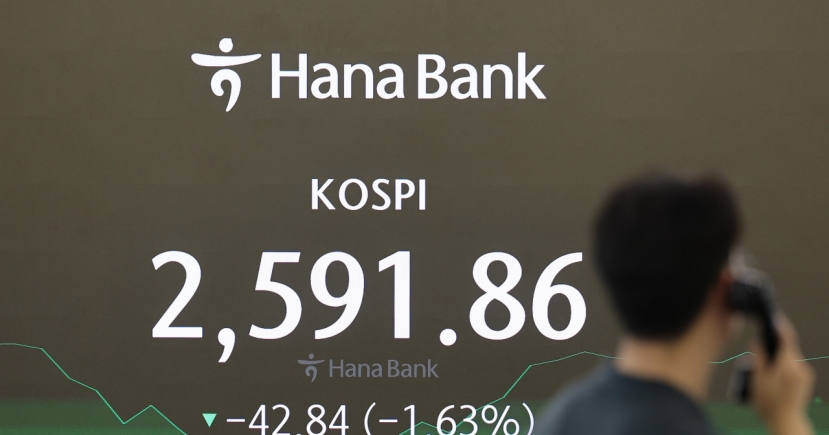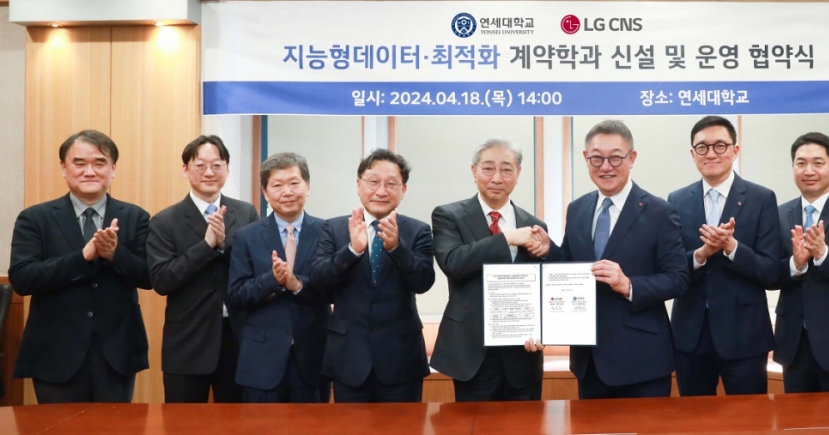Market Now
Hyundai Motor to build LNG plant for power supply, emissions goals
 |
Vehicles for export are lined up at a dock inside the Hyundai Motor Group’s Ulsan plant. (HMG) |
Hyundai Motor Group will construct a liquefied natural gas cogeneration facility inside its automotive manufacturing plant in Ulsan to secure a stable power supply while reducing energy consumption and greenhouse gas emissions.
According to the carmaker on Monday, it plans to digest over 70 percent of annual electricity used at the country’s largest automotive plant through the new LNG power facility. The new facility, comprising two gas turbines and one steam turbine, will have the generation capacity of 184 megawatts, replacing about 72 percent of electricity received from the Korea Electric Power Corp. and 59 percent from steam generated by 15 existing boilers.
Annually, the Ulsan plant consumes 1.29 million megawatt-hours of electricity and 710,000 metric tons of steam for manufacturing.
It is the first time for Hyundai Motor to construct a large-scale, self-contained power facility inside the manufacturing plant. The Ulsan plant produces some 1.5 million cars annually, the largest production volume among the carmaker’s plants worldwide.
“In line with the government’s energy policy direction, the introduction of a private cogeneration facility will reduce greenhouse gas emissions, as well as improve stability of demand and supply, and also secure economic feasibility,” the carmaker said in a statement in the environmental impact assessment report submitted to the Ministry of Environment.
The Korean carmaker’s construction of an LNG power facility is also in line with the Hyundai chief Chung Euisun’s business goal announced in September last year on carbon neutrality. Chung announced that the company would aim to produce zero carbon emissions during the entire vehicle manufacturing process by 2045.
Market experts say that the automaker is expected to be able to reduce its greenhouse gas emissions by another 30 percent, as well reduce its electricity bills thanks to the new LNG cogeneration facility.
“As Hyundai Motor consumes thousands of gigawatts of electricity each year, it is more profitable in a long-term perspective for the carmaker to generate energy on its own,” said an industry insider.
The construction will begin later this year, targeting for completion in 2025. The carmaker said the project will kick off as soon as the Ministry of Environment’s review of the environmental impact assessment is completed.
Besides Hyundai Motor Group, SK Group’s chipmaking affiliate, SK Hynix, last year kicked off construction of an LNG-based cogeneration facility with a capacity of 585 megawatts per hour in Cheongju, North Chungcheong Province.
By Kim Da-sol (ddd@heraldcorp.com)








